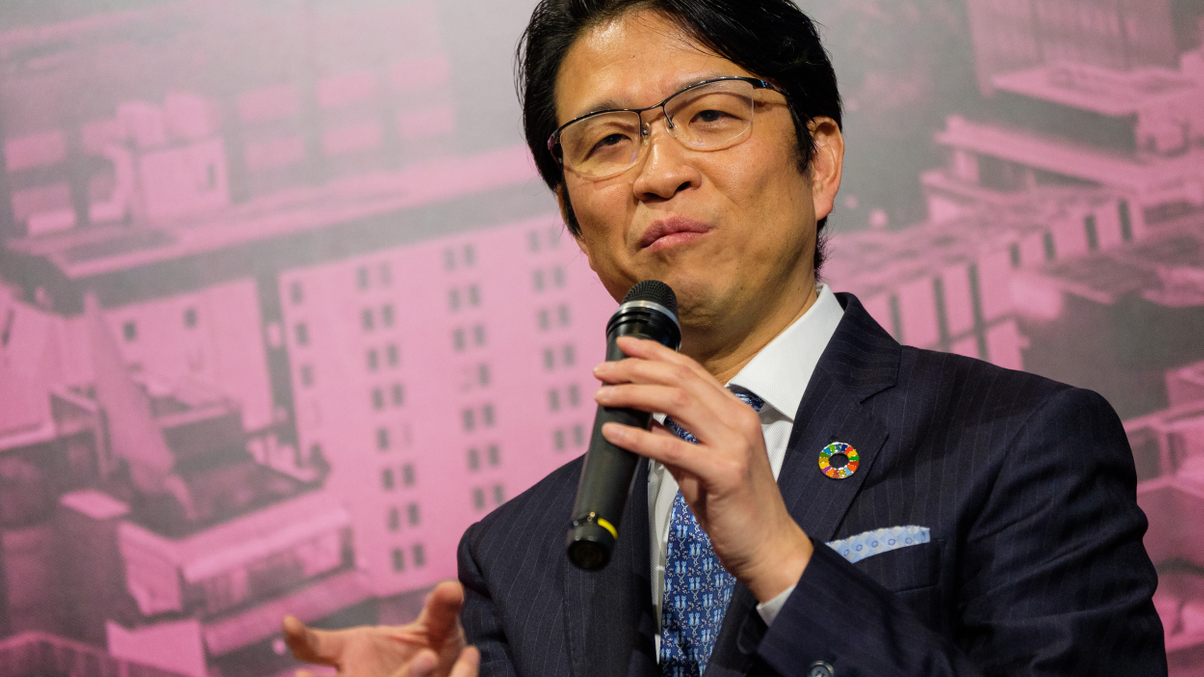Why we are changing our fund fee structure: GPIF CIO
In the second part of an interview, Hiromichi Mizuno tells AsianInvestor why the Japan pension giant is making the fees it offers fund houses performance-related.

Japan's Government Pension Investment Fund (GPIF) made headlines this week when it confirmed that it would start offering the fund houses that oversee its active equity and bond portfolios performance-related fees from April 1, allowing fund managers that offered genuine alpha to earn more while cutting the fees of those that underperform.
Sign In to Your Account
Access Exclusive AsianInvestor Content!
Please sign in to your subscription to unlock full access to our premium AI resources.
Free Registration & 7-Day Trial
Register now to enjoy a 7-day free trial—no registration fees required. Click the link to get started.
Note: This free trial is a one-time offer.
¬ Haymarket Media Limited. All rights reserved.


